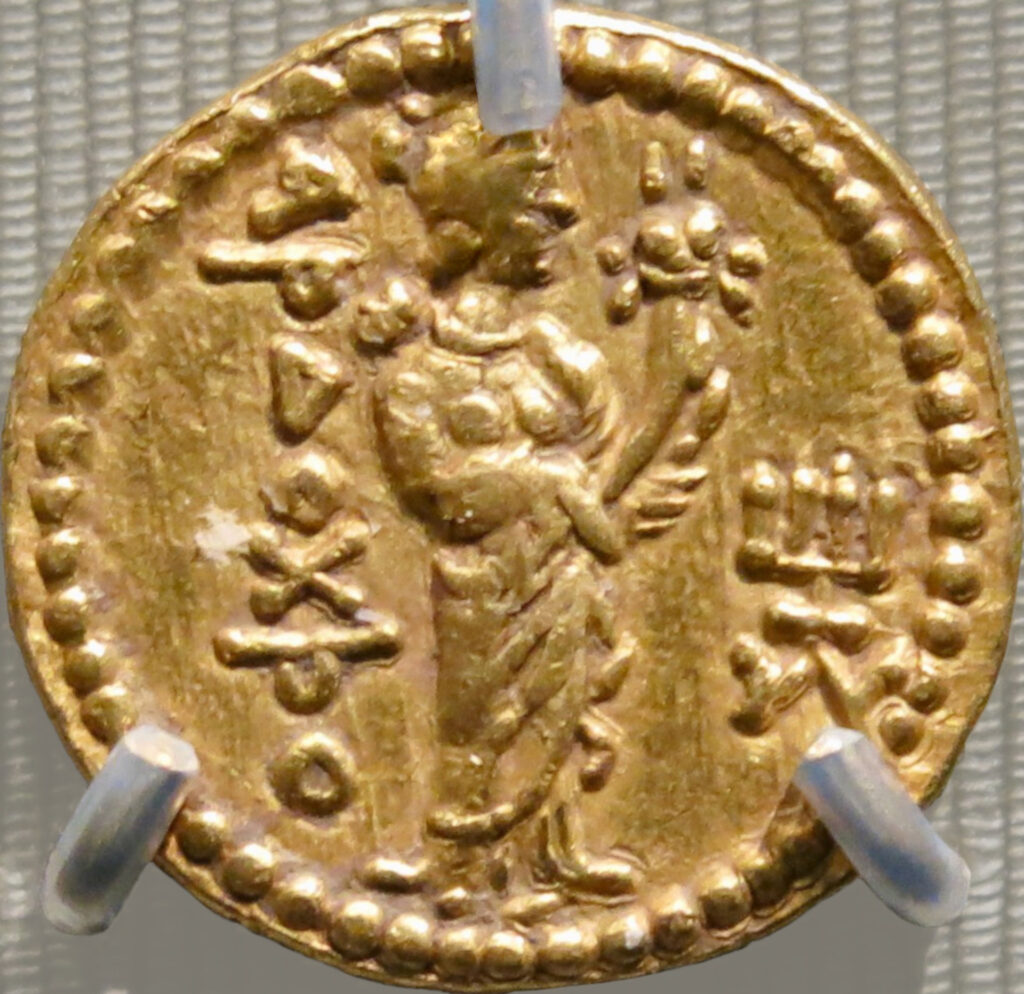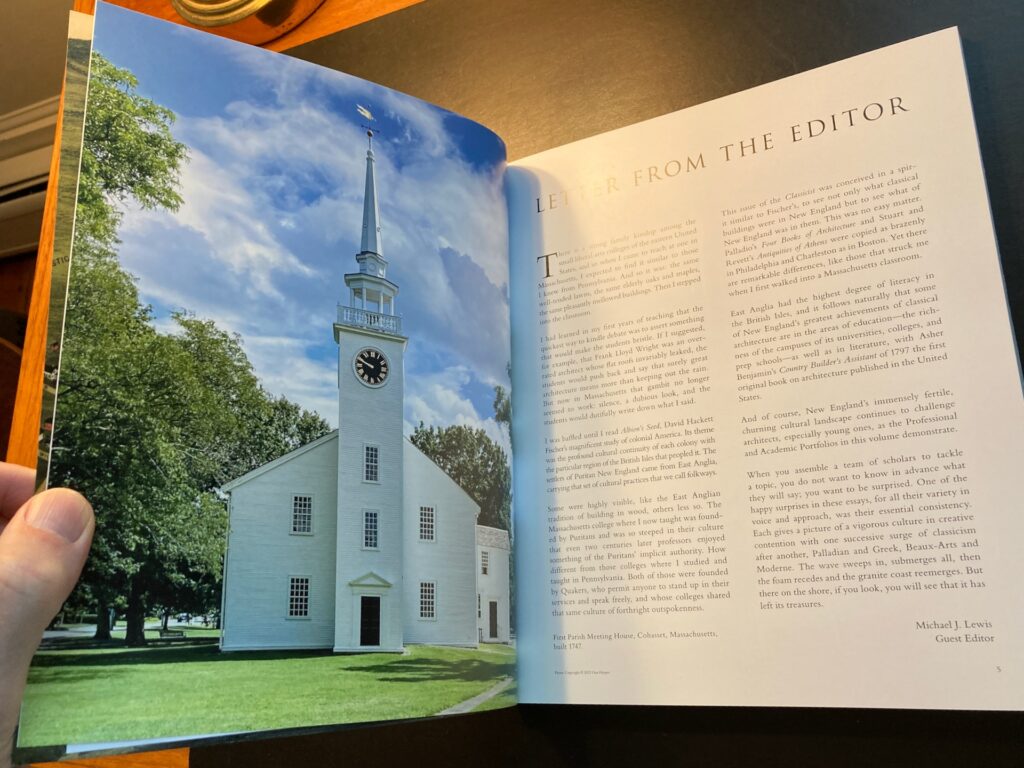Maybe Amazon has the lowest online prices (maybe), but odds are that if you shop from Amazon you’ll pay more than you should.
Legal scholars from Boston University have been researching Amazon’s anti-competitive practices. They have documented how Amazon manipulates buyers into paying 29% more, on average, than they should be paying:
“As one of many examples, we present the first evidence that Amazon’s search results systematically bury the lowest priced items even if they have high ratings.(18) We find, for instance, that the best deal on the first page—factoring in ratings and price—was on average located in the seventeenth slot, where few consumers look.(19) Moreover, consumers who chose the first relevant item returned in the search results would have paid on average 29% more than if they had located the best deal.(20) One of the reasons these findings are important is that more than half of Amazon’s regular customers always purchase the top result provided.(21) And filtering the search results by ‘Price: Low to High’ does not solve these problems on most searches, particularly since this feature still ignores unit price and shipping costs.” Rory Van Loo & Nikita Aggarwal, Amazon’s Pricing Paradox (Harvard Journal of Law & Technology, 2023), pp. 4-5.
Footnotes 18 and 21 in this paragraph give essential information to help understand how Amazon manipulates your behvior to get you to pay more:
“(18) Our findings, posted to SSRN in May of 2023, build on previous research showing that Amazon and other online companies also manipulate consumers and engage in behavioral pricing by not displaying shipping costs or by preferencing their own items. See, e.g., Glenn Ellison & Sara Fisher Ellison, Search, Obfuscation, and Price Elasticities on the Internet, 77 ECONOMETRICA 427, 449 (2009) (using purchase data to show that online third-party sellers of computer parts can raise prices by 6% to 9% through obfuscation strategies, such as hiding the shipping costs); Julia Angwin & Surya Mattu, Amazon Says It Puts Customers First. But Its Pricing Algorithm Doesn’t, PROPUBLICA (Sept. 20, 2016, 8:00 AM), https://www.propublica.org/article/amazon-says-it-puts-customers-first-but-its-pricing-algorithm-doesn’t (analyzing 250 items, each with multiple options for which vendor sells it, and finding that Amazon’s product pages push items fulfilled by Amazon to the “buy box,” even though once shipping costs are added that item would be on average 20% more expensive than the cheapest alternative); Adrianne Jeffries & Leon Yin, Amazon Puts Its Own “Brands” First Above Better-Rated Products, THE MARKUP (Oct. 14, 2021), https://themarkup.org/amazons-advantage/2021/10/14/amazon-puts-its-own-brands-first-above-better-rated-products (finding that Amazon systematically puts its own products at the top of search results, without looking at the price impact). Unlike our research, Ellison and Ellison were focused on behavior by the end seller rather than the platform and did not empirically study Amazon, Angwin and Mattu focused on obfuscation in a specific item’s product page rather than in Amazon search results, and Jeffries and Yin do not measure the extent of burying or higher prices paid as a result of self-preferencing….
(19) See infra Part I.B.
(20) Id.
(21) FEEDVISOR, THE 2019 AMAZON CONSUMER BEHAVIOR REPORT 14, 16 (2019) (‘For those who buy products on Amazon daily or almost everyday, more than half [54%] always buy the first product listed on Amazon’s search engine results page [SERP].’)”
Not to put too fine a point on it, Amazon is deliberately misleading its customers in order to squeeze more money out of them. Buying from Amazon is a sucker’s game, where in the long run the consumer always loses. (If you don’t want to read the entire scholarly article, Cory Doctorow summarizes some of the key points here.)
Yet another reason why friends don’t let friends buy from Amazon.


